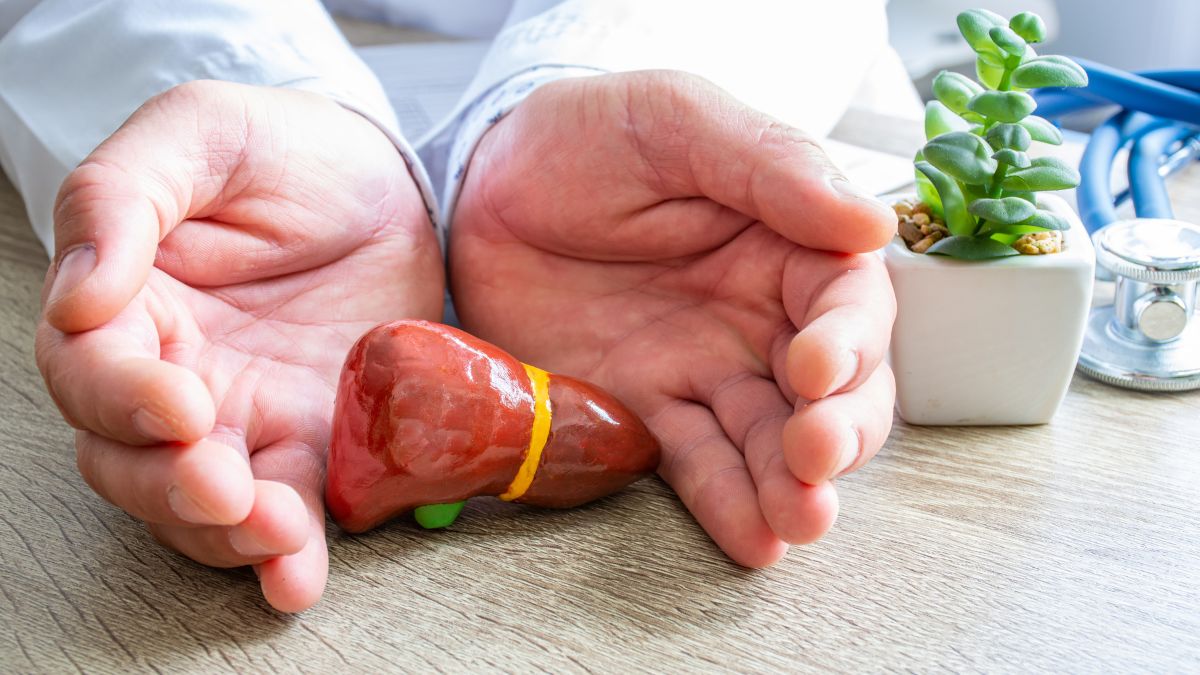Alcohol isn’t the only culprit; these hidden villains are wrecking your liver
 Representative Image | Shutterstock
Representative Image | Shutterstock
Fatty liver is a menace that starts in silence. But it can progress to serious complications if left untreated. The liver is the second largest organ in your body, which helps in processing nutrients from food and drinks and filters harmful substances from your blood.
A small amount of fat in the liver is normal. However, excess fat can lead to inflammation, which may scar and damage the liver over time. If left unchecked, this damage can eventually result in liver failure.
Fatty liver is broadly classified into two types: alcoholic fatty liver disease (AFLD) and non-alcoholic fatty liver disease (NAFLD). A common misconception is that only alcohol consumption leads to fatty liver. While excessive alcohol intake does harm the liver, there are other hidden culprits—often in plain sight—that can be just as damaging.
The latest Health of the Nation 2025 report released by Apollo Hospitals gives a crucial warning about these villains. The report makes the observation that among the 2.5 lakh individuals screened in 2024, 65 per cent had fatty liver, and among them, the majority of cases were related to non-alcoholic fatty liver.
It was observed that 85 per cent of the individuals with fatty liver were non-alcoholic. This raises serious concerns about the diet and lifestyle of Indians. It was also observed that 76 per cent of individuals with obesity had fatty liver and 82 per cent with diabetes had fatty liver.
The connection between other lifestyle diseases and fatty liver can also be seen in the fact that 74 of those with hypertension had fatty liver. Notably, fatty liver is now classified as “Metabolic Dysfunction-Associated Steatotic Liver Disease” and is seen as something driven mainly obesity, diabetes and hypercholesterolemia.
The Health of the Nation 2025 report also observed that 52% among those screened had normal liver enzyme levels in blood tests. This means that a lot of people may not even know that their liver is en route to damage. So, the report says that imaging is crucial for early detection.
Health